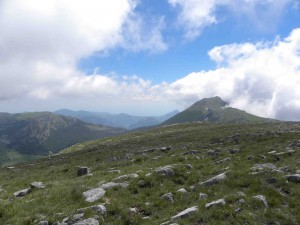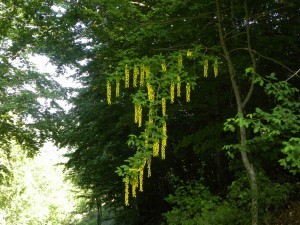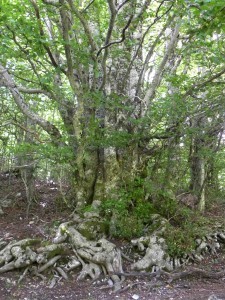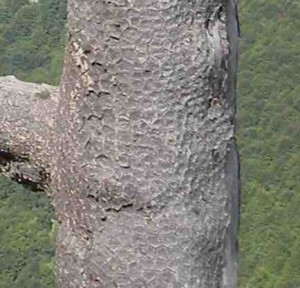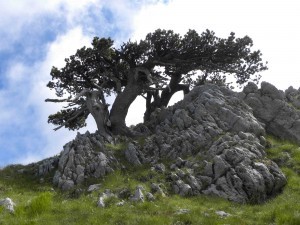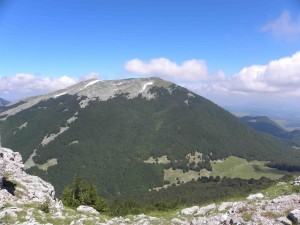I grew up in a family that drove on vacations, be it six hours to the beach, eight hours to see relatives, or three days to Idaho. So the seven hour drive from Calabria to Rome is no big deal, although the lack of air conditioning does make it undesirable. When I tell my friends from the Crotone Basin that I’m driving to Rome, I get astonished comments about the distance.
This year, Nano and I stopped to hike Mount Pollino, 2,250 meter peak in the southern Apennines, not far from where we were working. It makes me smile to imagine how the Calabrians would react if they knew we were driving to Rome and stopping for a five hour hike with a 750 meter elevation rise.
It was a beautiful hike and wonderful way to end the field season. Nano had walked it a few years before and was showing me the way. The trail is not easy to find, and even more difficult to stay on. At one point, he turned off a large dirt path onto a small one. I asked, “Why did you go this way?” He shrugged: “I follow the horses.” A true Calabrese response. It turned out the large dirt road also worked, but the horse path was definitely more pleasant.

